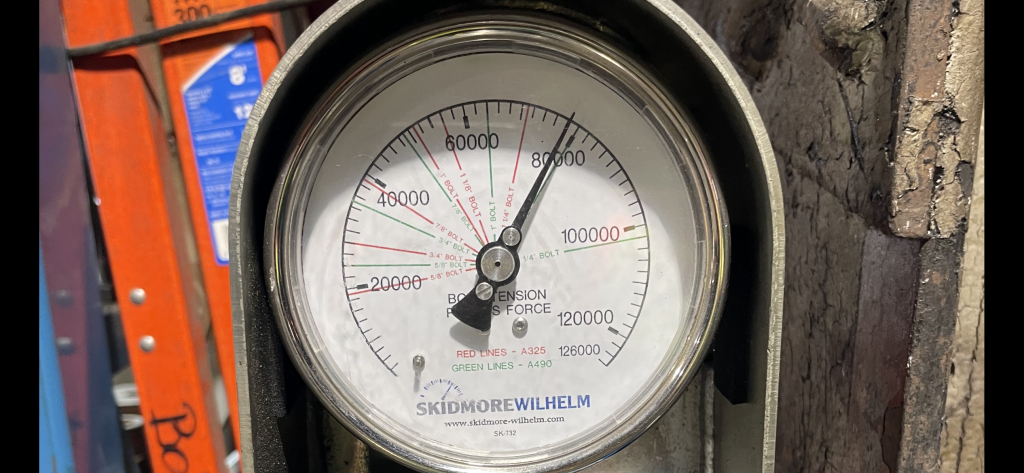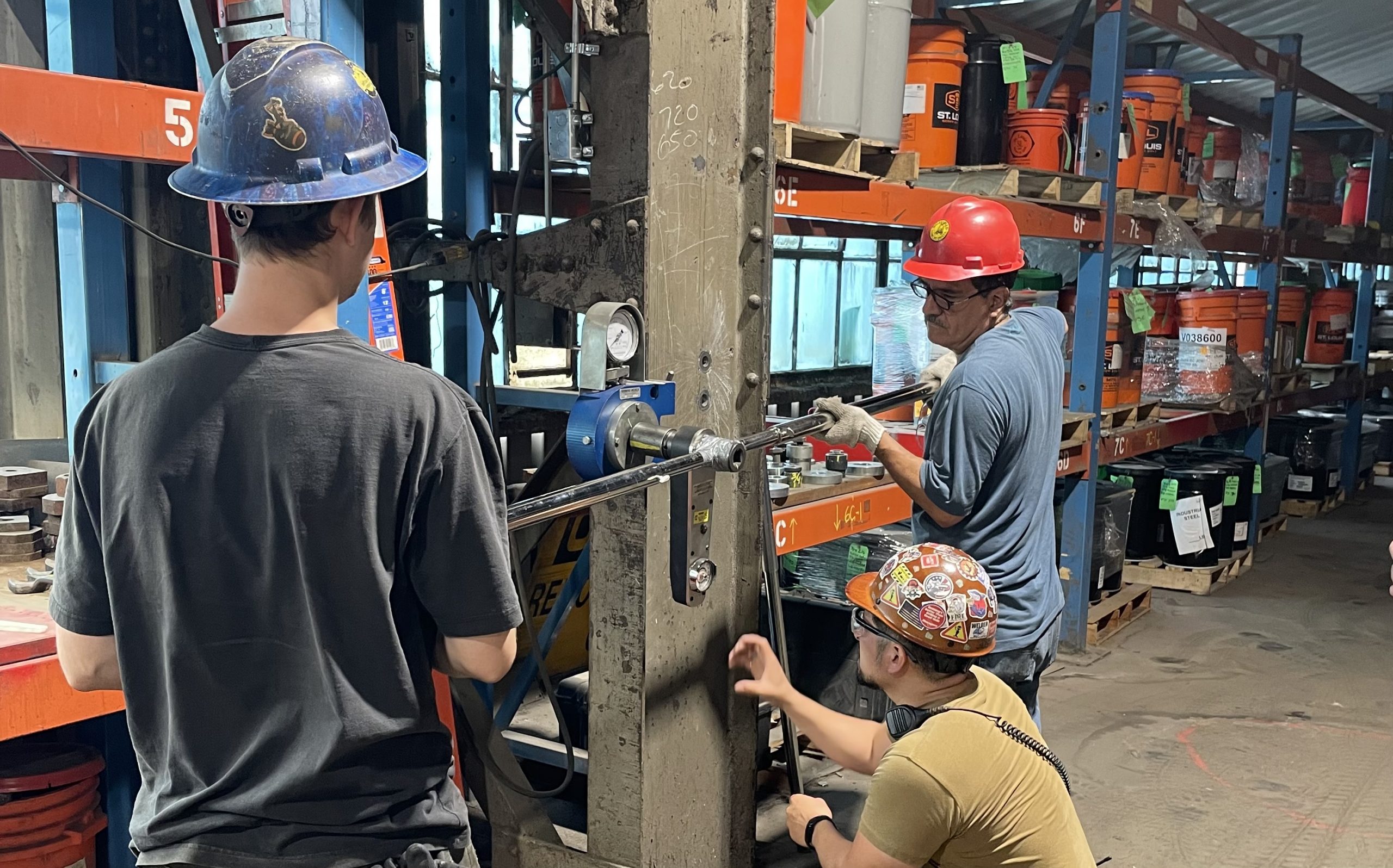Structural bolts are fundamental to the stability and safety of buildings, bridges, and other infrastructure. They secure various elements together, ensuring that the structure can withstand the loads and stresses it encounters. To guarantee that these bolts perform as expected, preinstallation verification is a critical process. This step ensures that bolts meet required specifications before they are used in construction. Here’s why preinstallation verification is necessary, how it’s performed, and the equipment involved.
In 2015, ASTM unified the various standards for structural bolts into a single standard known as F3125. Before this consolidation, high-strength bolts were governed by separate standards, including A325, A325M, A490, A490M, F1852, and F2280. Since these standards all pertained to high-strength structural bolting, they were incorporated into the F3125 standard. As a result, the updated F3125 standard now encompasses both heavy hex structural bolts and “twist-off” tension control bolting assemblies, which include the corresponding nut and washer.
All of the structural bolt grades listed above have a required minimum tension they are supposed to meet when tightened. Using a Skidmore-Wilhelm Bolt Tension Measuring Device, in conjunction with the AISC Research Council on Structural Connections (RCSC) specification, the bolts can be tested to verify that upon tightening, those minimum tension values are met.

As you can see in the photo above, the minimum tension values are determined by bolt grade, and diameter. The testing can be performed on heavy hex head by turn-of-the-nut method or tension control bolts.
Preinstallation Verification
As stated in the AISC RCSC-2020, “A representative sample of not fewer than three complete fastener assemblies of each combination of diameter, length, grade and lot to be used in the work shall be checked at the site of installation in a tension calibrator to verify that the pretensioning method develops a pretension that is equal to or greater than that specified in Table 7.1. Washers shall be used in the pre-installation verification assemblies as required in the work in accordance with the requirements in Section 6.2.”
Preinstallation verification of bolts is required on most projects; however, rarely performed. Most are under the assumption that when using tension control bolts, as long as the splines are snapped off, or when using heavy hex head bolts, proper turn of the nut performed, required tension has been achieved. This cannot be further from the truth. Lubrication levels on the shipped bolts can vary. Depending on the lubrication, tension values can range from well below requirements to highly exceeding. Preinstallation verification produces a result that confirms acceptable bolts.
Tension vs. Torque
The relationship between torque and tension is not always straightforward due to the effects of friction. Friction between the bolt threads and the nut or joint surfaces can influence how effectively the torque is converted into tension. This friction can vary based on factors such as lubrication, thread cleanliness, and material types. There is a formula to “approximate“ torque from a tension value, but the friction coefficient in the formula accounts for the effects of friction, and it can vary depending on lubrication and surface conditions. If requested to perform testing with a torque wrench after the bolts are installed and tightened, it is highly recommended to request a torque value from the engineer of record prior to testing.
Conclusion
In conclusion, structural bolting entails more than just installing and tightening bolts. Preinstallation verification ensures that the bolts, when tightened, are achieving the proper tension values. Without this testing, there is no way to verify or confirm that the bolts are actually doing their job. By performing these tests, you ensure that structural bolts are reliable and ready for installation, contributing to the overall safety and success of the project.


Leave a Reply